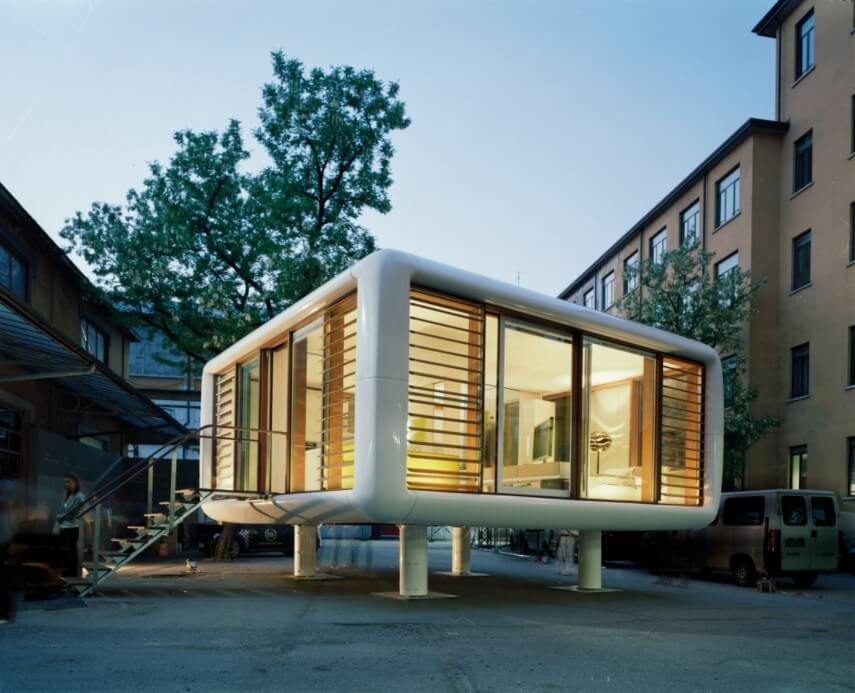Trending Now
- The film where Bobby Simha and Yogi Babu are scheduled to act together is titled ‘Nonviolence’.
- NTK leader Seeman yields a challenge. Vows to dismantle party if BJP gets more votes than his party in the constituencies that they are contesting .
- EPS condemns Kerala govt for having sent a letter to Centre seeking to construct a new dam after demolishing the Mullaiperiyar Dam.
- Schools to reopen on June 6 for students from Class 1 to XII in TN : Education Department
Real Estate
Soon, You Could Carry Your House With You
![]() March 17, 2016
March 17, 2016
Srinibas Rout
Fancy carrying your house in your backpack when you go camping or for a picnic? It may not be a distant dream anymore. You could soon set up your castle anywhere – on a desert or a snow-capped mountain. All you need are multiple cubes of an especially designed material that can bend or inflate to create strong, three-dimensional walls.
Researchers at the Harvard University have invented a material to make foldable houses a reality. Using this material, you could customise the structure of your house – in size, volume or shape. And yes, it’s portable! It is so strong that it can withstand the weight of an elephant without breaking and pop right back to prepare for the next task.
The Harvard research, published in Nature Communications, says a user can add room dividers where necessary or double up the wall thickness if it’s windy outside. At the touch of a button one can also open windows and the cubes will fold back to allow some light.
Harvard research graduate Johannes Overvelde says: “We have designed a three-dimensional, thin-walled structure that can be used to make foldable and reprogrammable objects of arbitrary architecture; their shape, volume and stiffness can be dramatically altered and continuously tuned and controlled.”
Researchers have showed that the cube could be deformed into many different shapes by folding certain edges, which act like hinges. They connected 64 of these individual cells to create a 4x4x4 cube which could grow and shrink accordingly.
“It works from the nanoscale to the metre-scale and can be used to make anything – from surgical stents to portable pop-up domes for disaster relief,” Overvelde adds.
























